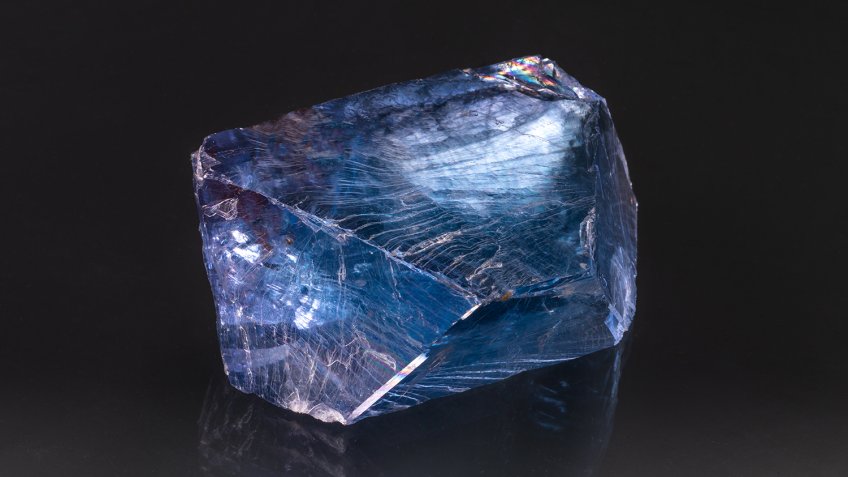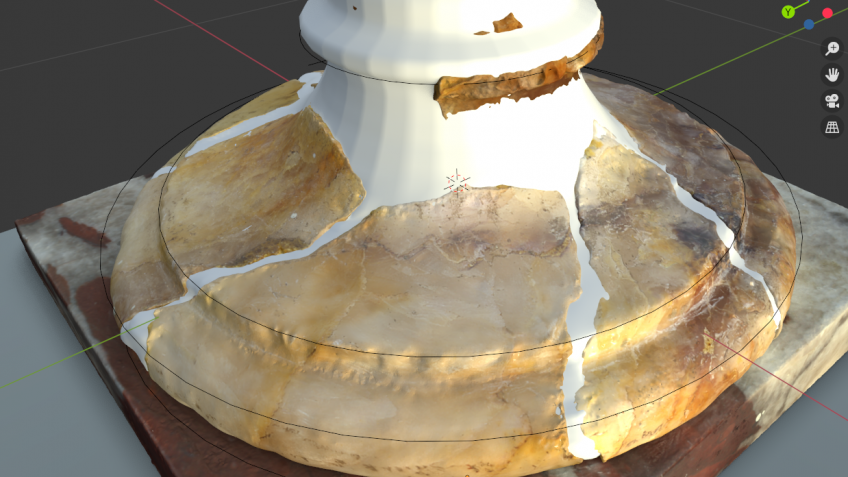
St. Petersburg Mining Museum's researchers have recreated the look of rare 19th-century fluorite vases.
...Matthew Boulton, an English manufacturer, was one of the first in Europe to start making decorative items from fluorite, a rare naturally occurring mineral. In late-18th-century Birmingham, his factory produced such art objects as candelabra, bowls, potpourri vases. They were not made by hand, though. The workers carved them using machines powered by a steam engine.
There was a fashion for fluorite at the time, most notably in England. Here, in the county of Derbyshire, a vast deposit of this mineral was found. Deeply coloured purple fluorite, which at first sight resembles amethyst, was of the highest value then.
Meanwhile, in Russia, such wondrous things were not easy to come across; hence, each and every item, in particular, aroused keen interest amongst connoisseurs of decorative arts.
In 1819 a young Russian mining officer and graduate of the Mining Cadet Corps, Grigory Ostermeyer, sold two 'feldspar' vases, as fluorite was called, to the museum of Mining University. The large vase was purchased for 100 roubles whilst the smaller one cost 75 roubles.
In the early 00s, their fragments were identified as remnants of lapidary masterpieces, which trace to a rare variety of Derbyshire fluorite.
Mining University's research team joined their efforts with colleagues from the Mining Museum to customise some of the geological software for reconstruction purposes. Using a comprehensive approach, they created a three-dimensional model of each fragment with its structure and colour, modelled the missing parts to high precision, and pieced them back together.
"There were twenty-one fragments in total, and making a 3D model of each of them was the most challenging task we faced whilst working on the reconstruction of vases. Since fluorite is usually transparent, we had some issues with determining the actual boundaries of each piece that came up during the photogrammetric survey. So we had to input the measurements for each fragment manually. In addition, they varied in size. The smallest one was only two centimetres, for instance," said Marja Yakimakha, a final-year student of the Department of Artistic Materials Processing Technology.
With the technology developed in St. Petersburg, it is possible to build digital models of now-lost antique objects. This is an opportunity to move away from computer-aided reconstruction to the restoration of museum exhibits in real life. Thereby reconstructed 3D images will help bring to life items that have been considered unsalvageable.



